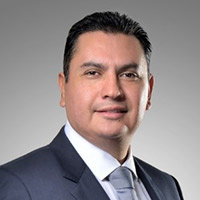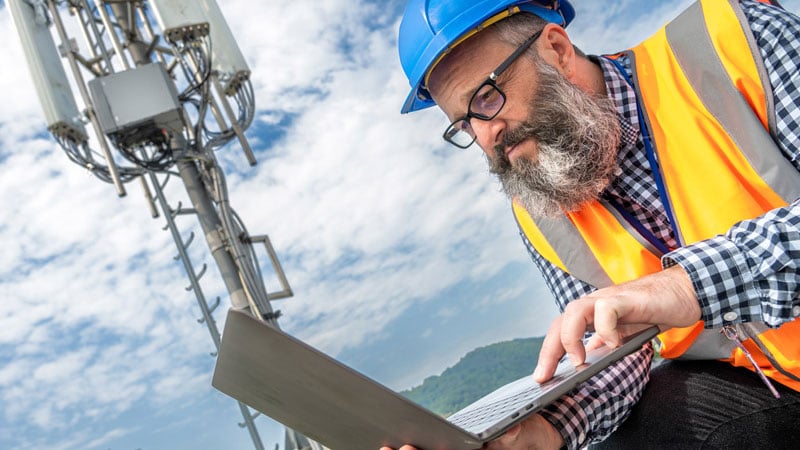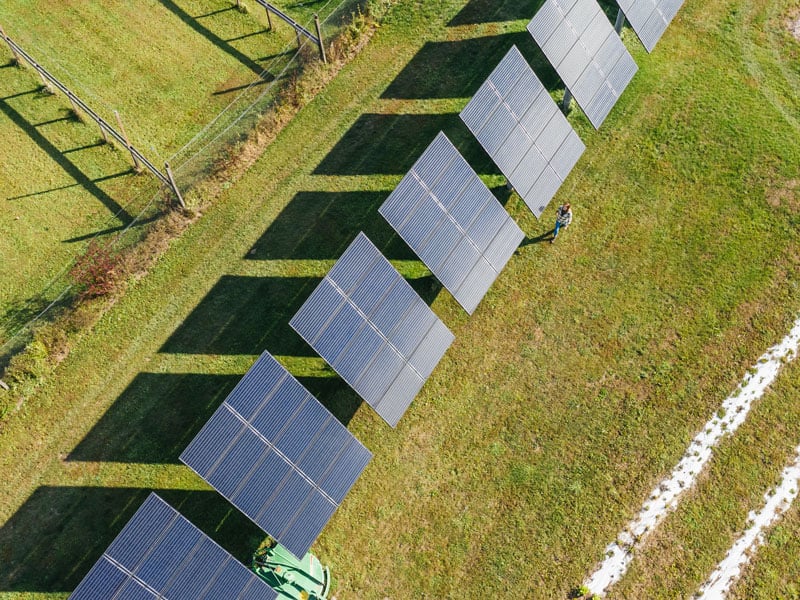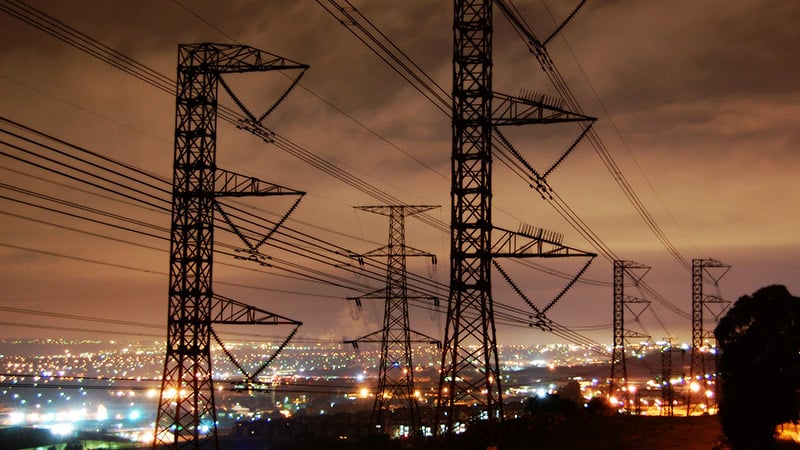A review of 5G deployment rates across the world highlights the work Latin America needs to do to keep up with the pace of other regions. According to Statista, by 2025 around 14% of the world’s mobile network connections will be through 5G technology, while the figure in Latin America would be just 7%.
In tune with these projections, Bloomberg justifies that the region's slow progress in adopting this technology lies in the fact that operators have been focusing on migrating 2G and 3G customers to 4G networks, which still do not reach 80% coverage. Both companies agree that the region is facing an important task in terms of infrastructure investment and spectrum release.
This article will review the path that Latin America is following on its journey to 5G as part of a multi-issue special on the technology’s potential as a catalyst for products and services in the most important industries in the region.
The current breakthrough
Statista estimates the deployment of 5G networks will be greater for countries such as Mexico, Brazil, and Chile, which will reach a scope of 10% in this technology by 2025.
The progress made by these three countries in this area is remarkable. In 2021, Chile became the first Latin American nation to include the fifth-generation network throughout its national territory. Mexico announced in February the arrival of a commercial 5G network for its citizens. And Brazil is expected to have the highest 5G network coverage in Latin America by 2025.
Uruguay, Argentina, Ecuador, Peru, the Dominican Republic and Suriname are also in the process of deploying their own 5G networks. According to Statista, as of February of this year, 19 5G networks were deployed in Latin America.
Although many Latin American countries do not yet have 5G networks, their development is a priority for their governments. While Colombia has delayed its spectrum auction due to presidential elections, Central American countries such as Costa Rica, El Salvador, Honduras, and Guatemala have announced spectrum management and tender processes for 2022.
The priority: Optimized infrastructure
According to Statista, a major inclusion of 5G in our region will depend largely on the existing infrastructure, as well as public and private investments to be made.
Governments are key on this path. In addition to auctioning the spectrum, they are responsible for executing the appropriate legislation and updating the regulations for operators.
For operators, the implementation of 5G will have an impact on their existing telecommunications infrastructure. McKinsey analysis shows that at least a 10-fold increase in network performance is needed for 5G to ensure enhanced mobile broadband (eMBB), ultra-reliable low-latency communications (URLLC), and massive machine-type communications (mMTC).
This means that operators must invest in core network and radio access network (RAN) infrastructure, which can be costly. Some operators are choosing to upgrade their existing infrastructures for the first phase of 5G deployment.
The 5G network is necessary to keep LATAM competitive, but the increased data usage needed to run 5G applications means that switching to 5G could increase the total energy consumption of the network by 150% to 170% by 2026 according to Vertiv’s estimates, which implies operators will need to invest in more efficient technologies, such as efficient cooling solutions to help offset the increase costs.
Much of the development of the 5G network is also tied to both infrastructure and investing in new hardware to support the increased demand. Statista projects that Latin America's six largest economies (Brazil, Mexico, Argentina, Colombia, Chile and Peru) will likely jointly invest a total of $120 billion to integrate 5G throughout their territory.
This includes changes from the modernization of antennas and telecommunications towers to the capacity of the batteries for the continuity of the electricity supply. Lithium-ion batteries will be instrumental in supporting many applications, due to their higher power density, lighter weight and longer life. In addition, lithium-ion batteries offer built-in battery management systems (BMS) to monitor battery health.
As countries continue to move forward on the path to 5G, we expect to see progress on the development of products and services with innovative technological capabilities that are only possible with the wide adoption of 5G. More than speed and reduction of latency, the possibilities that 5G will bring to industries are huge, with an impact on business models, work schemes and supply chains.






